Seven bee honey types identified botanically in terms of their floral origin (Clover, Cedrus, Citrus, Banana, Cotton, Brazilian pepper, and Sun flower), and their geographical regions during 2016 – 2017 have been characterized in comparison with artificial honey. Characterization of honeys was based on their physicochemical properties, antimicrobial activity, heavy metal contents and multi-pesticides residues using quantitative analysis methods.
All honeys tested were natural and give negative results for adulteration tests. Sun flower and cotton honeys showed the highest sucrose content regardless the artificial honey sucrose content (74 ± 1% (g/100 g). The water content and pH value of different honeys investigated were within the standard limits 20 g/100 g and 3.4 – 6.1, respectively. Hydroxymethylfurfural (HMF) content in most honeys was below the maximum allowable limit (MAL) (40 mg/kg) in honey, except for banana honey. None of the honeys tested showed any antifungal activity.
Artificial honey showed no growth inhibition against reference strains of bacteria and fungi tested. Metal content of Fe, Zn, Pb, and Cu in Egyptian honeys fulfill the (MAL) described in the standard codex for honey except for Cd with concentrations exceeding the MAL (0.05 mg/kg) in most types of honey, except for artificial honey. Malathion, chlorpyrifos and tau-fluvalinate were the most frequently detected (25%, n = 2) pesticides in honey samples.
It can be concluded that the best Egyptian honeys tested in terms of antibacterial activity were Brazilian pepper honey followed by Cedrus honey. The data obtained are extremely important for the public, health officials for medical and nutritional applications of honey.









